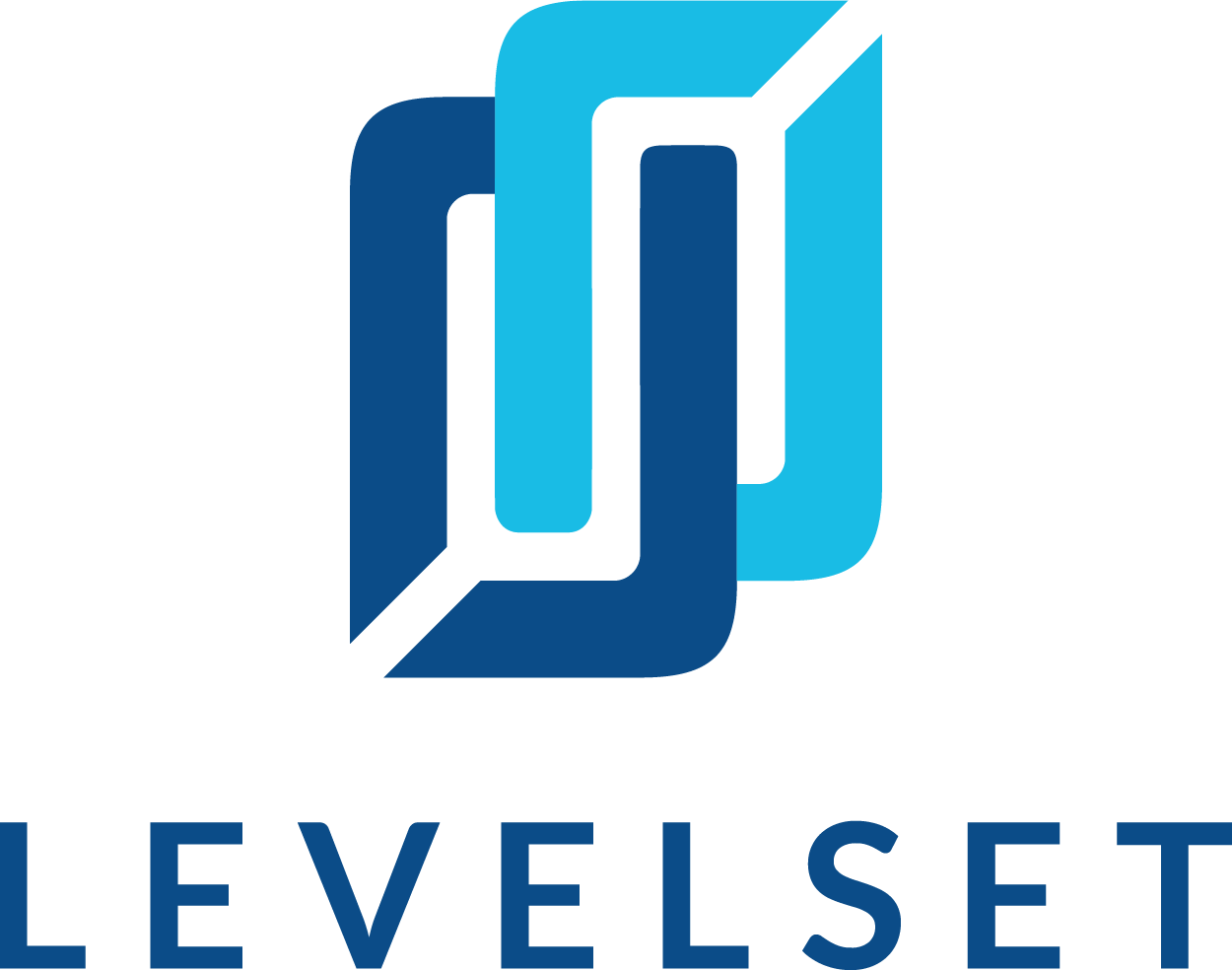
Georgia is one of just 12 states that utilize statutory lien waivers [meaning, the lien waiver form and the language used is set by state law and is required to be used].
While this may sound like just another example of an extra regulatory hoop to jump through, those submitting lien waivers in Georgia should feel lucky!
That’s because in states where lien waiver forms are not bound by statute, waivers may incorporate language that goes beyond waiving of lien rights. This type of language can be dangerous and result in some unintended consequences. So, Georgia-based construction businesses should feel good that their lien waiver language is bound by statute. It makes it much easier to manage and much safer to use!
So with that being said, let’s take a closer look at one of the two lien waiver forms provided by the state of Georgia, the Interim Lien Waiver (the waiver that’s used for progress payments).
Guide to Georgia’s Interim Lien Waiver — for Progress Payments
Before we get too far – are you sure this is the right form?
This is a waiver for a progress payment, which the state of Georgia calls Interim Waiver. If you’re looking for a waiver for final payment, this may not be the form for you. If you are on the right form, let’s break it down piece by piece to see what information will be required.
One more thing! You might be wondering: “Is this a conditional waiver or an unconditional one?“ If so, that’s a great question. Unfortunately, in Georgia, the answer is “Both.” Stay tuned because we’ll cover this in greater depth at the end of this post.
Free Template Download Available: Georgia Interim Waiver for a Progress Payment
How to fill put the Georgia Interim Waiver Form
> County of. This may seem simple, but it’s important! This should be the county where work was performed. Don’t simply use your address.
> Name of Contractor. Who hired the party that is waiving their lien rights with this document?
> Describe Materials and/or Labor. What materials or labor were furnished/performed that gave rise to this lien waiver?
> Title of the Project or Building. What was the project name or the name of the building where work was performed? There won’t always be a formal title for a project, but it’s still important to include information that helps to identify the project.
> Name of Owner. Who owns the property where work is being performed? Be careful as this seemingly straightforward step might not be as simple as it seems.
Here are some suggestions for common complex ownership scenarios:
- Multiple owners: List them all!
- Work done for tenant: List the tenant and the property owner(s)
- Work managed by a construction manager: List the property owners, not the construction managers
- Public Projects: List the government office that commissioned the work
- P3 Projects: Identify developers
> Describe the Property…In Georgia, you can use either a metes and bounds description, the land lot district, block and lot number or simply the street address of the project. Whichever you choose, be sure that the property is properly and clearly identified.
> Sum of $_____. Ok! Make sure to pay extra attention here. This is the amount being waived. The way that it’s worded, this Georgia lien waiver appears to be conditional. While this waiver is initially conditional, it’s can essentially be converted into an unconditional waiver…I know, it’s scary – more on that below!
> Through the Date of. This part is actually just as important as the section above. It determines what’s waived and what isn’t by this lien waiver doc. By signing this lien waiver, a party is agreeing to waive their claims for all work completed on or before the date entered into this field.
Accordingly, the “interim payment” should completely compensate the waiving party for all work on or before the date entered. Be careful that you identify the correct date (related to the work performed and paid for), and not just the date of the related payment application (which is irrelevant).
> Given Under Hand and Seal. There’s a lot of misconception here. Georgia lien waivers don’t have to be notarized, but they do have to be “given under hand and seal” and witnessed. It’s a pretty archaic standard, to be honest. In order to strictly comply, a corporate party would be required to include the “seal” of the business along with the signature on the document.
> Notice. Georgia lien waivers have a very important notice on them — this is the whole conditional vs. unconditional thing that we’ve been alluding to in this post. Read the next section for a more thorough explanation — it’s important!
Conditional vs. Unconditional — Which Is It?!
Take a look at the notice language at the bottom of a Georgia lien waiver:
“NOTICE: WHEN YOU EXECUTE AND SUBMIT THIS DOCUMENT, YOU SHALL BE CONCLUSIVELY DEEMED TO HAVE WAIVED AND RELEASED ANY AND ALL LIENS AND CLAIMS OF LIENS UPON THE FOREGOING DESCRIBED PROPERTY AND ANY RIGHTS REGARDING ANY LABOR OR MATERIAL BOND REGARDING THE SAID PROPERTY TO THE EXTENT (AND ONLY TO THE EXTENT) SET FORTH ABOVE, EVEN IF YOU HAVE NOT ACTUALLY RECEIVED SUCH PAYMENT, 90 DAYS AFTER THE DATE STATED ABOVE UNLESS YOU FILE AN AFFIDAVIT OF NONPAYMENT PRIOR TO THE EXPIRATION OF SUCH 90 DAY PERIOD. THE FAILURE TO INCLUDE THIS NOTICE LANGUAGE ON THE FORM SHALL RENDER THE FORM UNENFORCEABLE AND INVALID AS A WAIVER AND RELEASE UNDER O.C.G.A. §44-14-336.”
Confused? That’s fair.
Here’s the deal: Georgia’s waiver is conditional, BUT, it converts to an unconditional waiver automatically after 90 days…even if payment isn’t made.
Note: This article has incorporated the new 2021 changes to Georgia’s lien waiver laws.


